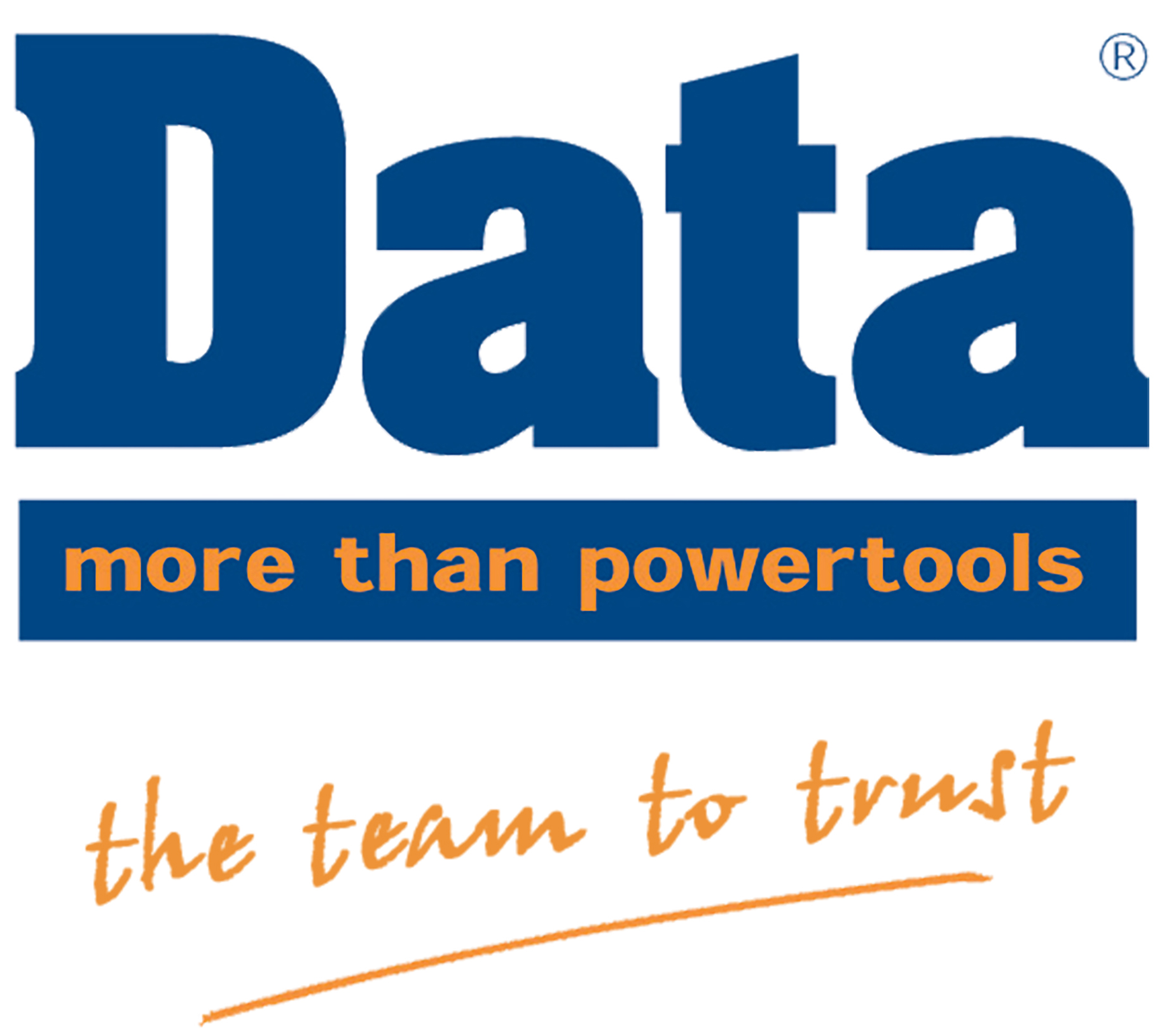Reciprocating saws, often called “Sawzalls” (after the popular brand name), are indispensable tools in demolition work. Their powerful, back-and-forth cutting action makes them ideal for tearing through wood, metal, drywall, and even masonry. However, this strength also requires careful handling and adherence to safety protocols. In this guide, we’ll walk you through the best practices for using a reciprocating saw during demolition, ensuring you work safely and efficiently. Whether tackling major structural cuts or smaller-scale deconstruction, the right knowledge and techniques will go a long way in improving safety and productivity.
Understanding the Reciprocating Saw: Key Components and Functions
To use a reciprocating saw effectively, it's essential to understand how it operates. This saw is a versatile, handheld tool designed for heavy-duty cutting, but unlike precision tools, it excels at rough cuts that need to be quick rather than delicate. At the heart of the saw is its motor, which drives the blade in a rapid back-and-forth motion. This reciprocating action allows the blade to cut through dense materials quickly. The blade is the most important component of the tool and comes in various designs tailored for specific materials. Whether you're working with wood, metal, or a combination of materials, choosing the right blade is crucial. Some blades are bi-metal for extra durability, while others have a carbide coating for cutting tougher materials like brick and concrete. The shoe at the front of the saw serves as a stabiliser, pressing against the workpiece to give you better control over the cut depth and reduce vibrations. Many reciprocating saws are equipped with adjustable speed settings, which allow for more precise control depending on the material you're cutting. In demolition work, you’ll often need to adjust speeds based on whether you’re cutting through metal pipes or wooden beams. Additionally, modern saws come in both corded and cordless varieties, each with its own set of advantages. Corded saws provide continuous power, making them ideal for extended jobs, while cordless versions offer portability, which is especially useful when working in tight spaces or areas without easy access to power.
Selecting the Right Reciprocating Saw for Demolition Work
Choosing the right tool for the job is just as important as using it correctly. For demolition work, power is a key consideration. Corded reciprocating saws generally deliver more consistent power, which can be crucial when you need to cut through thick materials such as reinforced concrete or metal framing. Cordless models, on the other hand, offer greater mobility, which is often beneficial in demolition scenarios where you’re moving frequently around the job site or working in confined spaces. When selecting a saw, consider the type of demolition work you’ll be doing. If you’re primarily cutting through timber, a lower-powered model may suffice, but for cutting through mixed materials like wood, metal, and plaster, a high-amperage saw will make your life easier. Cordless models with high-capacity batteries (18V or higher) are particularly useful for larger jobs, but make sure to keep spare batteries charged to avoid downtime. Another feature to look for is vibration reduction. Demolition work often involves long periods of use, and excessive vibrations can lead to operator fatigue or injury over time. Some models come with anti-vibration technologies that significantly reduce the impact on your hands and arms.
Recommended Reciprocating Saws for Demolition Work
When it comes to demolition work, selecting the right reciprocating saw is crucial for ensuring efficiency, safety, and control. Here are some top recommended models that excel in power, durability, and precision, making them ideal for both heavy-duty tasks and fine demolition work:
DeWALT DCS388T2 54v XR FLEXVOLT Reciprocating Saw
This saw delivers exceptional power with its 54V FLEXVOLT system, making it a perfect choice for tackling tougher demolition jobs. With two 6.0Ah batteries included, it offers extended runtime, and its ergonomic design ensures safer handling over prolonged periods.
Bosch GSA 18V-28 BITURBO Brushless Reciprocating Saw
Known for its efficient brushless motor, this Bosch model is designed to handle demanding applications. Its high performance and precision cutting capabilities make it an excellent option for tasks requiring power and accuracy, all while being lightweight for enhanced control during use.
Milwaukee M18FSX-121C M18 FUEL Super Sawzall
Built for heavy-duty use, the Milwaukee M18 FUEL Super Sawzall stands out with its long-lasting 12.0Ah battery and high-performance motor. It's especially suited for extensive demolition work where consistent cutting power is necessary.
HiKOKI CR36DA 36V Multi Volt Reciprocating Saw
This model offers corded-level power with its 36V Multi Volt system, making it ideal for tough demolition tasks. The high power output combined with the convenience of cordless operation ensures versatility on-site.
Makita DJR187Z 18V Brushless Reciprocating Saw
Compact yet powerful, this brushless Makita saw is perfect for more intricate demolition tasks where precision is as important as power. Its lightweight design and efficient motor make it a go-to tool for controlled demolition work, ensuring safety without sacrificing performance.
Choosing the Correct Blade for the Job
One of the most crucial aspects of demolition work with a reciprocating saw is selecting the right blade. Different materials require different blades, and using the wrong one can not only slow you down but also damage the saw or create a safety hazard. Blades vary in length, thickness, material, and teeth-per-inch (TPI). A blade with a high TPI count (more teeth) is ideal for cutting metal, while a blade with fewer teeth (lower TPI) is better suited for wood or softer materials. For demolition work, you’ll want blades that are tough and durable enough to handle mixed materials. Bi-metal blades are particularly versatile, combining flexibility and strength, while carbide-tipped blades are excellent for tougher materials such as masonry or thick metal. It’s always a good idea to keep a variety of blades on hand to switch out as needed, especially when your demolition project involves cutting through different materials in quick succession. When changing the blade, always ensure the saw is unplugged or the battery is removed. Many modern reciprocating saws have tool-less blade changing systems, making the process quick and safe. Regularly inspect your blades for wear and tear, as dull or damaged blades can lead to inefficient cutting and increase the risk of kickback.
Preparing for Demolition: Job Site Safety
Before you even switch on the reciprocating saw, thorough preparation is essential. Demolition work often involves unpredictable materials and environments, so safety should always be your priority. Start by assessing the job site for potential hazards. Ensure that electrical, gas, and water lines are properly disconnected and that there are no live wires in the cutting area. If you’re working indoors, ensure adequate ventilation, especially when cutting through materials that could release dust or fumes. Proper protective equipment is non-negotiable. Safety goggles will protect your eyes from flying debris, while heavy-duty gloves will shield your hands from sharp materials and the vibrations of the saw. Ear protection is also important, as reciprocating saws can be very loud during operation, especially when cutting metal. For demolition tasks involving concrete or other dust-generating materials, a dust mask or respirator is crucial for preventing respiratory issues. Clearing the work area of unnecessary clutter and ensuring a stable cutting platform is also critical. In demolition work, uneven surfaces and unstable materials can pose serious risks. Make sure that the material you’re cutting is properly supported to avoid shifting or falling mid-cut, which could cause the blade to bind or the saw to kick back.
Step-by-Step Guide to Using a Reciprocating Saw for Demolition
Using a reciprocating saw safely and effectively involves more than just powering it on and starting to cut. Here’s a breakdown of the key steps to ensure both safety and efficiency:
- Inspect the Saw and Blade: Before beginning, check the tool for any signs of wear or damage. Inspect the blade to ensure it is sharp and appropriate for the material you’re cutting. Dull or damaged blades can result in inefficient cutting and an increased risk of accidents.
- Secure Your Workpiece: Ensure that the material you’re cutting is securely braced. Loose or unstable materials can cause the saw to bind or kick back, leading to dangerous situations. For overhead cuts, make sure the structure you’re working on is sound and won’t collapse unexpectedly.
- Grip and Posture: Hold the saw firmly with both hands and stand in a stable position. Your grip should be secure but not overly tight to reduce fatigue. Keep your feet shoulder-width apart for balance, and position yourself in a way that allows you to maintain control of the saw throughout the cut.
- Start the Cut Slowly: Engage the saw at a low speed to initiate the cut, particularly if you’re starting from a solid surface. This helps prevent the blade from jumping or skipping. Once the blade is in motion and the cut is started, you can increase the speed gradually.
- Use the Shoe for Control: The shoe of the saw should be pressed against the material to stabilise the saw and guide the depth of the cut. This helps reduce vibrations and allows for more precise cutting, especially when dealing with tougher materials.
- Cutting Technique: Allow the saw to do the work; don’t force it through the material. Pushing too hard can cause the blade to bind or overheat. When cutting through thick or layered materials, such as studs with nails, use a slow and steady motion, letting the blade’s teeth do the work.
- Manage Heat Build-Up: During long demolition jobs, blades can heat up and wear down quickly. If you notice the blade becoming too hot, pause to let it cool or switch to a fresh blade to maintain efficiency.
Advanced Techniques for Efficient Demolition
Once you’ve mastered the basics, there are several advanced techniques you can employ to make your demolition work more efficient. One such technique is plunge cutting, which allows you to cut into a surface without needing a pre-drilled hole. To plunge cut, hold the saw at a slight angle and slowly engage the blade, allowing it to penetrate the material before levelling out. For demolition in tight spaces, you may need to adjust your grip or use specialised blades designed for confined areas. Reciprocating saws are excellent for working in awkward positions, but always ensure you maintain control and avoid overreaching, as this can lead to loss of balance and control. Another advanced method involves cutting through embedded fasteners such as nails or screws without damaging the tool. Using a blade specifically designed for metal cutting will allow you to slice through fasteners seamlessly while reducing the risk of damaging the saw.
Avoiding Common Mistakes When Using a Reciprocating Saw
While reciprocating saws are relatively simple to use, common mistakes can lead to accidents or poor results. One of the most frequent mistakes is pushing the saw too hard through the material. This can cause the blade to bind or overheat, and it may even lead to kickback. Always let the blade’s teeth do the cutting and apply steady, controlled pressure. Another common issue is using the wrong blade for the material. If you’re switching between wood, metal, and other materials during demolition, it’s essential to use the appropriate blade to prevent unnecessary strain on the tool and to ensure clean cuts. Failing to secure the workpiece properly is another common mistake. Whether you’re cutting through a wall, pipe, or piece of timber, it’s crucial to ensure the material is stable and won’t shift during the cut. Loose materials can cause the blade to bind, leading to dangerous kickback or even loss of control over the saw. Finally, neglecting to check the blade for wear and tear is a frequent oversight. A dull or damaged blade can significantly slow your progress and increase the risk of accidents. Regularly inspect your blades and replace them as necessary to ensure optimal cutting performance.
Maintaining Your Reciprocating Saw for Longevity and Safety
To ensure your reciprocating saw continues to perform at its best, proper maintenance is essential. After each use, clean the saw to remove dust, debris, and material fragments that can accumulate during demolition work. Pay particular attention to the moving parts, such as the shoe and motor vents, as blockages here can reduce efficiency and lead to overheating. Blades should be stored in a dry environment and regularly inspected for dullness or damage. Using a dull blade not only slows down your work but also increases the strain on the motor, potentially leading to premature wear. If you're using a cordless saw, ensure that the batteries are properly maintained. This includes storing them in a cool, dry place and avoiding deep discharges. Corded models should be checked regularly for frayed or damaged cords, which can pose a safety hazard. Lubricating moving parts, such as the blade clamp, helps keep the saw in good working order. Additionally, follow the manufacturer’s recommended maintenance schedule to ensure the tool remains safe and functional for years to come.
Legal Regulations and Standards
When engaging in demolition work, it's important to follow relevant Australian workplace safety regulations. These regulations often dictate the necessary personal protective equipment (PPE) you need to wear, proper tool usage guidelines, and requirements for handling materials that may be hazardous, such as asbestos or lead paint. Additionally, ensure that any demolition work complies with local building codes and standards, especially when working on structural elements. Obtaining necessary permits and adhering to environmental and safety regulations will help you avoid legal issues and ensure a safe work environment.
Environmental Considerations in Demolition Work
Demolition work can generate a significant amount of waste, much of which can be hazardous or harmful to the environment if not handled properly. Wherever possible, recycling materials such as metal, wood, and concrete can reduce the environmental impact of your work. In addition to waste disposal, consider how the use of tools like reciprocating saws might generate airborne particles. Dust from materials such as concrete and drywall can affect air quality, so using dust control measures or water suppression systems can help reduce these emissions.
Emergency Procedures and First Aid
In the event of an accident, having a clear emergency plan can save time and prevent further injury. Make sure that a first aid kit is readily available on the job site, and that all workers are familiar with its location and contents. In the case of serious injuries, such as deep cuts from the saw or an accident involving falling debris, emergency services should be contacted immediately. Basic first aid knowledge, including how to treat cuts, manage shock, and handle potential tool-related injuries, is essential for anyone involved in demolition work.
Storage and Transport of Reciprocating Saws
Proper storage and transport of your reciprocating saw are key to maintaining its functionality and longevity. After cleaning the tool, store it in a dry, secure location where it won’t be exposed to dust, moisture, or extreme temperatures. Many reciprocating saws come with cases that are ideal for transport, ensuring the tool remains protected while in transit. When transporting the saw, make sure that any blades are removed or securely covered to prevent accidental cuts. If you’re moving the tool between job sites, securing it properly in a vehicle will prevent damage from shifting during transport.
Troubleshooting Common Issues
Despite being reliable tools, reciprocating saws can experience issues if not properly maintained or used correctly. Common problems include the blade binding in the material, inconsistent cutting speeds, or excessive vibrations. If the blade is binding, check to make sure the material is securely braced and that the correct blade is being used for the material. Inconsistent speeds could be a sign of motor strain or a faulty speed control setting. In this case, check the user manual for any troubleshooting tips specific to your model. If the problem persists, it may be time to seek professional repair services.
Wrapping Up
Reciprocating saws are powerful tools that can make demolition work significantly easier when used correctly. By following the safety guidelines outlined in this article, choosing the right saw and blades for your project, and maintaining your tool properly, you can ensure efficient and safe operation. For those working in professional demolition or tackling major DIY projects, mastering the reciprocating saw is a valuable skill. Remember, safety comes first, so always wear the proper protective gear, prepare your job site carefully, and take your time to execute cuts with precision.
Frequently Asked Questions (FAQs)
Q1: What are the best blades for cutting through metal studs and drywall?
A1: For metal studs, use a high-TPI (14-18) bi-metal blade for clean, fast cuts. For drywall, a coarse-tooth wood blade will cut quickly without excessive wear.
Q2: How do I minimise vibration and fatigue when using a reciprocating saw for extended periods?
A2: Many saws come with anti-vibration features, but using the shoe to stabilise the saw and maintain a relaxed grip can also help reduce fatigue.
Q3: Can a reciprocating saw cut through brick or concrete?
A3: Yes, with a carbide-grit blade specifically designed for masonry, a reciprocating saw can handle light cuts in brick or concrete.
Q4: What’s the best way to handle the saw in confined spaces?
A4: Use short blades designed for compact workspaces, and maintain a firm grip while adjusting your stance to avoid awkward or unbalanced movements.





